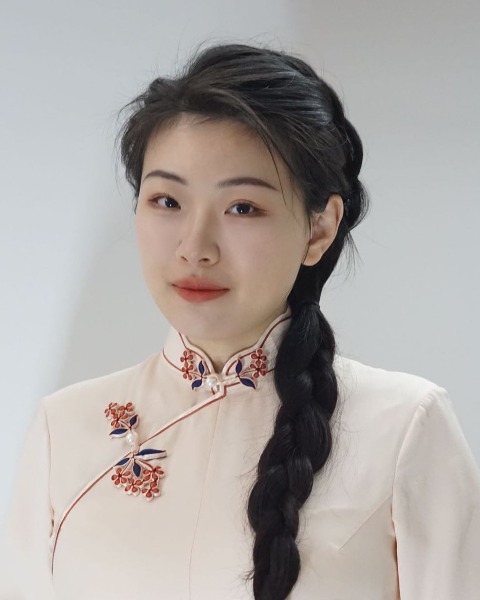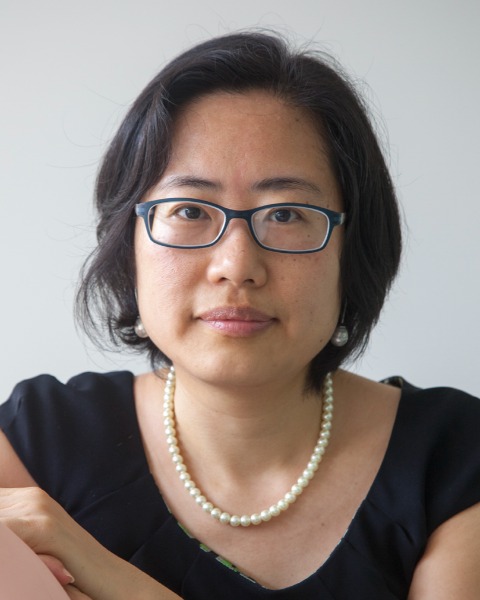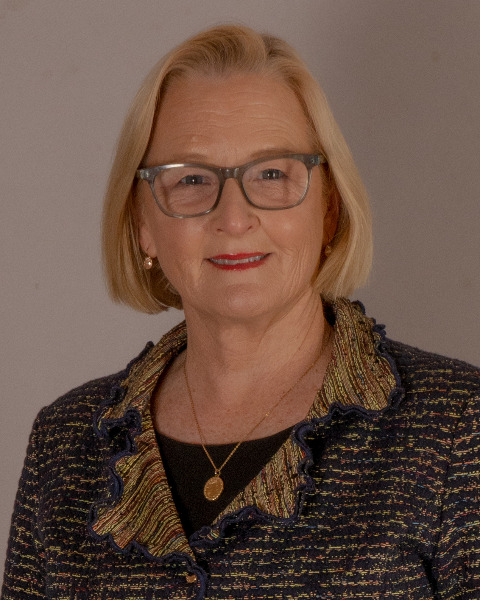Amplification and Assistive Devices (AAD)
PP316 - Older Adults’ Considerations and Facilitators for Hearing Aid Adoption in Mainland China

Huili Zheng, MS
PhD candidate
THE UNIVERSITY OF HONG KONGFinancial Disclosures: I do not have any relevant financial relationships with anything to disclose.
Non-Financial Disclosures: I do not have any relevant non-financial relationships with anything to disclose.
Lena L N Wong, PhD (she/her/hers)
Professor
University of Hong Kong
University of Hong KongDisclosure(s): AudioNova: Consultant (Terminated, December 30, 2021), Consultant/Advisory Board (Terminated, December 30, 2021); Sonova AG: Consultant (Terminated, December 30, 2020), Consultant/Advisory Board (Terminated, December 30, 2020), Research Grant (includes principal investigator, collaborator or consultant and pending grants as well as grants already received) (Terminated, December 30, 2020)

Louise Hickson, BSpThy(Hons), MAud, PhD
Associate Dean (External Engagement) Faculty of Health and Behavioural Sciences
The University of QueenslandFinancial Disclosures: I do not have any relevant financial relationships with anything to disclose.
Non-Financial Disclosures: I do not have any relevant non-financial relationships with anything to disclose.
Lead Presenter(s)
Presenter(s)
Contributor(s)
Summary:
Purpose: Promoting earlier hearing aid adoption among older adults has been a public health mission globally. The study aimed to gain a deeper understanding of patients’ experiences and facilitators surrounding hearing aid adoption. The findings will shed light on the information that should be provided by hearing health professionals and how they should involve patients’ family members in consultation.
Methods: 14 older adults who sought help from ENTs or hearing aid dispensers were recruited. 6 of them had paid for hearing aids, and 8 of them were actively considering hearing aids. Semi-structured interviews were audio-recorded to investigate participants’ experiences and perceptions of hearing loss and hearing aids. Interviews were transcribed verbatim in Chinese by the first author. NVivo 12 was used as a platform to code. Inductive qualitative thematic analysis was used to yield results.
Results: Two overarching themes explained why participants considered and/or decided to adopt hearing aids: they recognized some need for hearing aids, and they had a positive evaluation of hearing aids. Participants started recognizing the need for hearing aids as they experienced communication problems and activity limitations during daily life and they had negative emotions such as feeling inferior and isolated. They valued hearing and were motivated to hear better. They consulted ENTs in order to forgo the desire for a cure and confirm the level of hearing loss suitable for hearing aid fitting. Recommendations from ENTs and family members facilitated hearing aid adoption.
The second theme surrounds the positive evaluation of hearing aids. Participants felt satisfied with the benefit and sound quality of hearing aids based on other people’s comments or their trial experiences. Participants were urged and accompanied by family members to access hearing services. They also got financial support from their adult children (e.g., their adult children paid for the hearing aids).
Conclusion: Hearing health professionals should be aware of the disparities when addressing hearing needs in different cultures. Older adults from cultures, such as China, where health literacy is poor, still rely on hearing health professionals to specify if his/her level of hearing is suitable for hearing aid fitting, despite having noticed substantial hearing difficulties and activity limitations. In cultures where familism and filial piety dominate, children should be involved in the consultation as they often finance the devices and play an important role in deterring or facilitating HA uptake via their interaction with parents.
Learning Objectives:
- Upon completion, participants will be able to describe how older adults recognize their need for hearing aids and how they evaluate hearing aids.
